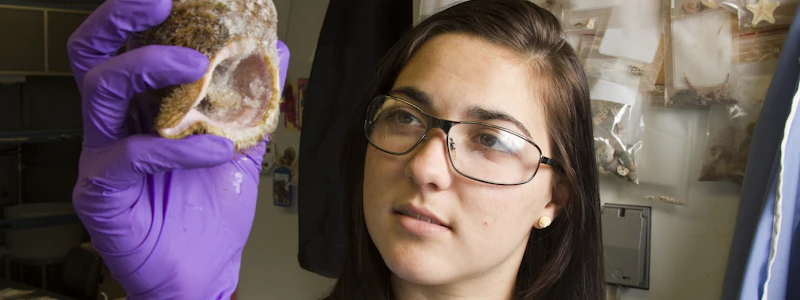Podcast
Questions and Answers
Which of the following factors tends to increase trans-corneal penetration?
Which of the following factors tends to increase trans-corneal penetration?
- Decreased osmolarity
- Isotonic formulations
- Increased viscosity (correct)
- Rapid dissolution upon instillation
What is the optimal viscosity range (in centistokes) for ocular formulations to achieve increased contact time?
What is the optimal viscosity range (in centistokes) for ocular formulations to achieve increased contact time?
- 60 to 70 cps
- 5 to 10 cps
- 15 to 30 cps (correct)
- 40 to 50 cps
Which type of antagonist competes with agonists for physiological receptors?
Which type of antagonist competes with agonists for physiological receptors?
- Competitive antagonist (correct)
- Partial agonist
- Noncompetitive antagonist
- Allosteric agonist
What is the expression of the activity of a drug in terms of the concentration or amount needed to produce a defined effect?
What is the expression of the activity of a drug in terms of the concentration or amount needed to produce a defined effect?
Which formulation factor is associated with causing a decrease in drug concentration at the corneal surface?
Which formulation factor is associated with causing a decrease in drug concentration at the corneal surface?
What is the nature of drugs with molecular weight ranging from 7 to 50,000?
What is the nature of drugs with molecular weight ranging from 7 to 50,000?
What type of molecules are physiological receptors targeted by drugs?
What type of molecules are physiological receptors targeted by drugs?
What type of agonist mimics the regulatory effect of endogenous signaling?
What type of agonist mimics the regulatory effect of endogenous signaling?
What is the tonicity of isotonic formulations?
What is the tonicity of isotonic formulations?
What type of formulations undergo rapid dissolution upon instillation?
What type of formulations undergo rapid dissolution upon instillation?
What does clinical pharmacokinetics provide a quantitative relationship between?
What does clinical pharmacokinetics provide a quantitative relationship between?
What does bioavailability indicate?
What does bioavailability indicate?
Which parameter of drug disposition indicates the quantity of drug reaching systemic circulation?
Which parameter of drug disposition indicates the quantity of drug reaching systemic circulation?
What does the volume of distribution (Vd) describe?
What does the volume of distribution (Vd) describe?
What does clearance of a drug refer to?
What does clearance of a drug refer to?
What does the area under the plasma concentration-time curve (AUC) represent?
What does the area under the plasma concentration-time curve (AUC) represent?
What is the primary focus of clinical pharmacokinetics?
What is the primary focus of clinical pharmacokinetics?
Which parameter describes the apparent space in the body available to contain the drug?
Which parameter describes the apparent space in the body available to contain the drug?
What does the term 'elimination' refer to in pharmacokinetics?
What does the term 'elimination' refer to in pharmacokinetics?
What does the term 'fractional extent' refer to in the context of bioavailability?
What does the term 'fractional extent' refer to in the context of bioavailability?
What does apparent volume of distribution (Vd) measure?
What does apparent volume of distribution (Vd) measure?
What is clearance in pharmacokinetics?
What is clearance in pharmacokinetics?
What is half-life (t1/2) in pharmacokinetics?
What is half-life (t1/2) in pharmacokinetics?
When is steady state achieved in drug administration?
When is steady state achieved in drug administration?
What does dose regimen refer to in pharmacokinetics?
What does dose regimen refer to in pharmacokinetics?
What is the therapeutic window in pharmacokinetics?
What is the therapeutic window in pharmacokinetics?
What does ocular bioavailability measure?
What does ocular bioavailability measure?
What physiological factors affect ocular drug bioavailability?
What physiological factors affect ocular drug bioavailability?
What physicochemical factors affect ocular drug bioavailability?
What physicochemical factors affect ocular drug bioavailability?
What is a major route for drug absorption in ocular drug delivery?
What is a major route for drug absorption in ocular drug delivery?
Study Notes
Pharmacokinetics and Ocular Bioavailability
- Apparent volume of distribution (Vd) measures how a drug distributes in the body and liver
- Clearance is the rate of elimination of a drug, and total clearance factors in renal, hepatic, and other clearances
- Half-life (t1/2) is the time it takes for plasma concentration to reduce by 50%
- Steady state is achieved when the rate of elimination equals the rate of administration
- Dose regimen refers to the plan of drug administration over time
- Therapeutic window is the concentration range for efficacy without toxicity
- Ocular bioavailability measures the fraction of administered drug that enters systemic circulation unchanged
- Physiological factors affecting ocular drug bioavailability include pre-corneal clearance, corneal permeability, and the blood-ocular barrier
- Physicochemical factors affecting ocular drug bioavailability include molecular solubility, size and shape, pH, and formulation factors
- The cornea is a major route for drug absorption and its tight intercellular junctions affect drug permeation
- Ophthalmic solutions need to consider the chemical equilibrium and pH to optimize drug bioavailability
- Formulation factors such as instilled volume, bottle tip design, and angle of the bottle can impact ocular drug bioavailability
Studying That Suits You
Use AI to generate personalized quizzes and flashcards to suit your learning preferences.
Related Documents
Description
Test your knowledge of pharmacokinetics and ocular bioavailability with this quiz. Explore concepts such as apparent volume of distribution, clearance, half-life, steady state, dose regimen, and therapeutic window. Understand the physiological and physicochemical factors affecting ocular drug bioavailability and the impact of ophthalmic solution formulations on drug absorption.




